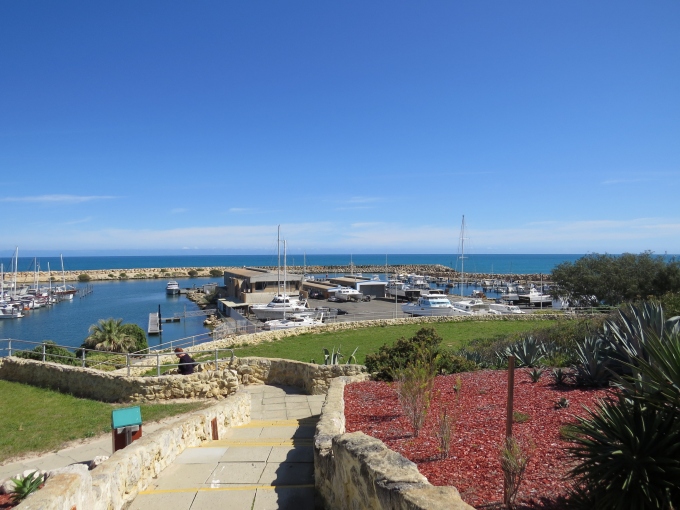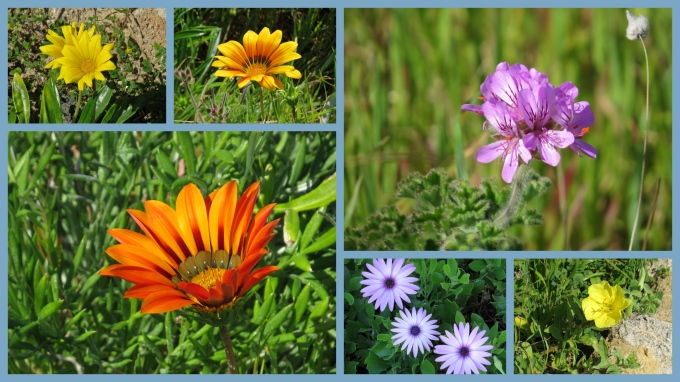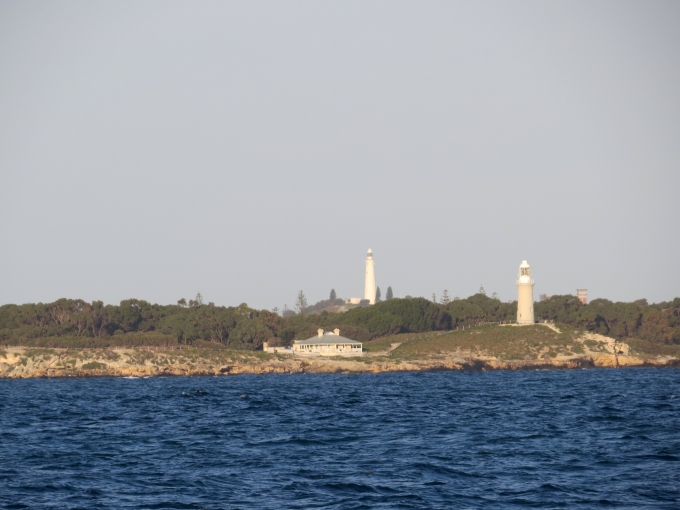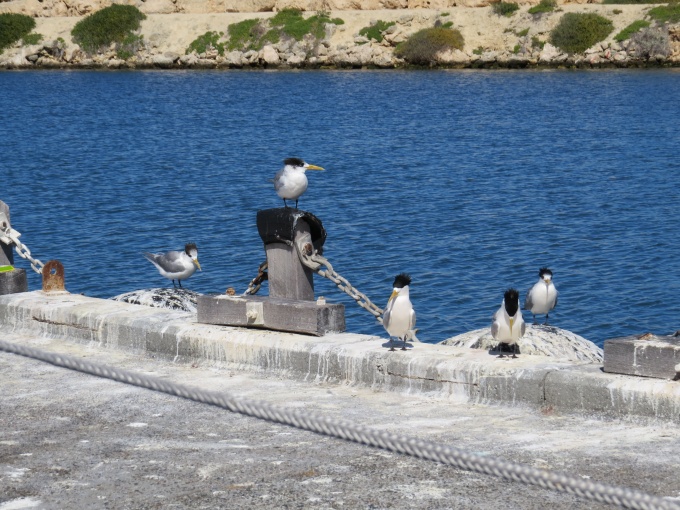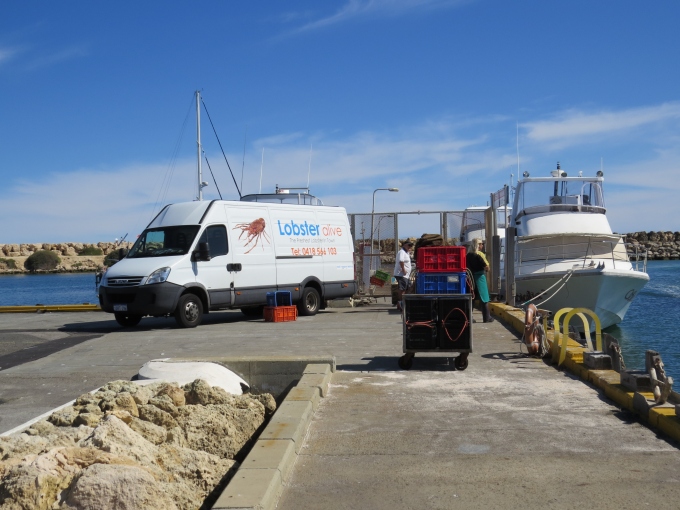Two Days in Two Rocks - Western Australia
/We slept fitfully as the docklines stretched and moaned and jerked the boat with the surge against the dock. At times the lines sounded like a stringed instrument tuned just a bit too tightly and ready to break, but they didn't and looked no worse for the wear in the morning other than the black rubber tire grime which will need to be addressed when we leave.
Around 0400, the local boats began pulling up to the outside of the dock for refueling. By dawn, the refueling stopped and the birds began their morning serenade just outside our cabin. The crested terns had moved on and the cormorants had taken over the wharf. The day dawned brightly for two tired sailors. Lucky for us, we can catnap during the day.
Two Rocks, a northern suburb of Perth, got its name from … you guessed it … the two prominent rocks that lie just offshore at Wreck Point. We saw them as we approached and knew we were in the right place. The hill behind the marina offered a better vantage point to view Two Rocks' iconic two rocks.
We could see what looked like shops at the top of the hill. We were warned that there wasn't much here, so we were pleasantly surprised when we trudged up the hill and discovered a reasonably-stocked IGA supermarket, Neptune's Cafe, a post office and a pub among other things. We cruised through each to check out what was on offer.
People sat sipping coffee and chatting at the cafe, taking advantage of the sunshine and mild temps. The views of the port from the cafe veranda were gorgeous although Cups was pretty much occluded by the marina office buildings.
After a bit more exploring, we picked up a few items from IGA and headed back to Cups. We discovered a convenient staircase that led directly back to the marina below. The stairs led through a lawn area and a small garden. It's nearly spring here and flowers are coming into bloom.
Back aboard in time for new friends we'd met in the boatyard yesterday to come for dinner. We were delighted when Sue and Florry showed up with two local WA crayfish, all barbecued and ready to eat, for our appetizer.
One more lovely day … a WA sunset … and a great evening with new friends.
Oh, just in case you were thinking there was nothing much of note in Two Rocks, we did discover something quite unusual. You'll have to visit tomorrow to find out what. Kind of like a soap opera, huh? Think waugals!






